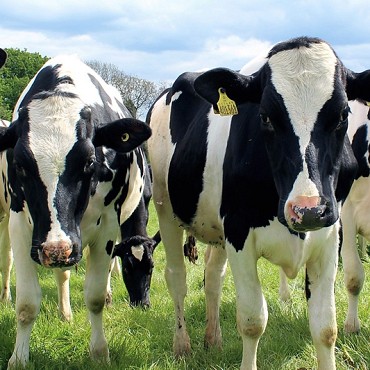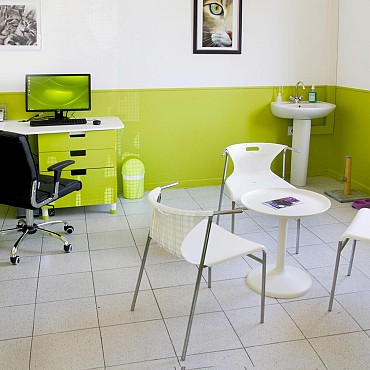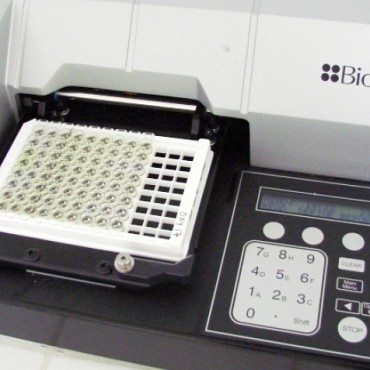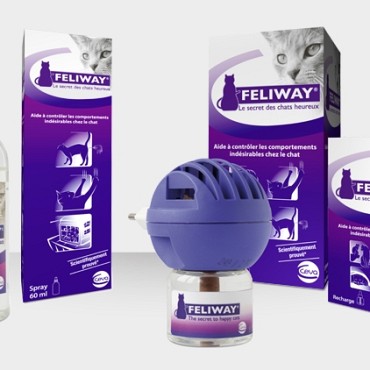
Our technical means
As part of the evaluation of research products at IRSEA, the Institute has developed resources to evaluate the effectiveness of its products, particularly at the physiological level.
In order to quantize certain biological markers (such as cortisol for stress or oxytocin for welfare and attachment), IRSEA uses immunoassay methods such as ELISA or EIA, validated internally for use in animal samples.
ELISA and EIA are quantitative assay methods based on the use of specific antibodies and enzymatic markers, enabling a coloured chemical reaction, the intensity of which is related to the amount of analyte to be measured.
IRSEA uses immunoassay methods such as Enzyme Linked-Immunosorbent Assay (ELISA) or EIA (Enzyme Immuno-Assay)
Thus, the physiological effects of products developed at IRSEA can quickly be assessed within the Institute itself.
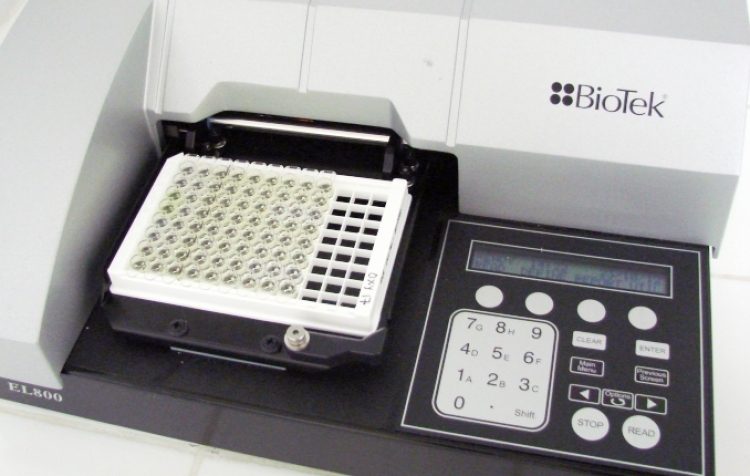
Elisa Plate Reader
Immunohistochemistry equipment
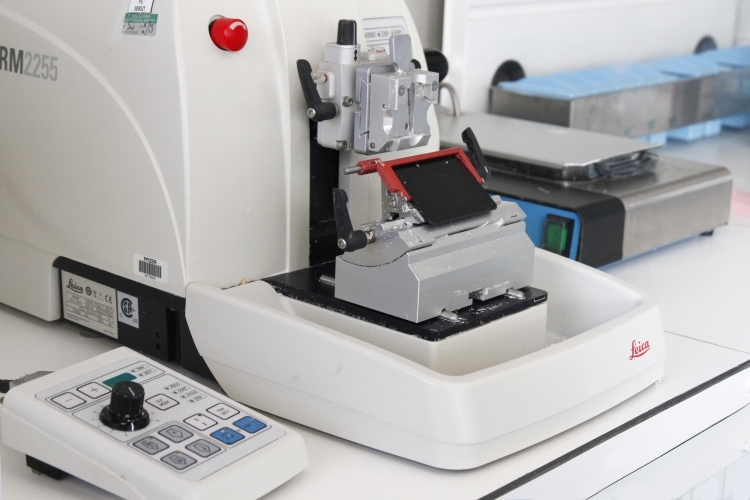
Immunohistochemistry allows to reveal the presence of a specific protein in a tissue previously prepared for histology.
This technique is based on the use of histological sections of tissue, a solution containing antibodies to the desired protein, and a chromogen to reveal the antigen-antibody bond and its location.
For these reasons, IRSEA has acquired the necessary equipment to perform histological, histochemical and immunohistochemical analyses, such as an automatic tissue dehydration system, a paraffin inclusion station, a microtoma and a microscope for the observation of histological or immunohistochemical preparations.
The ability to determine exactly where the protein is localized in tissues and cells (cell nucleus, cytoplasm or cell membrane) makes this technique widely used in scientific research.
Real-time PCR and PCR
In order to study the molecular mechanisms of action of pheromones, IRSEA has developed cutting-edge technological tools in molecular biology.
End-point and real-time PCR (Polymerase Chain Reaction) devices that amplify nucleic acid sequences and analyse their expressions in different situations and physiological conditions relating to chemical communication.
In particular, reverse transcription reactions (RT) are performed to analyze RNA.
After sampling and extraction of nucleic acids, they are amplified and simultaneously detected using real-time PCR technology based on the use of intercalent agents or specific fluorescent probes. Real-time PCR provides fast, specific and quantitative results.
In addition, its very high sensitivity also allows its use for the detection of pathogens in certain samples, which are difficult to detect by conventional methods. This is of great interest to IRSEA in its research on chemical communication in host-pathogen interactions.
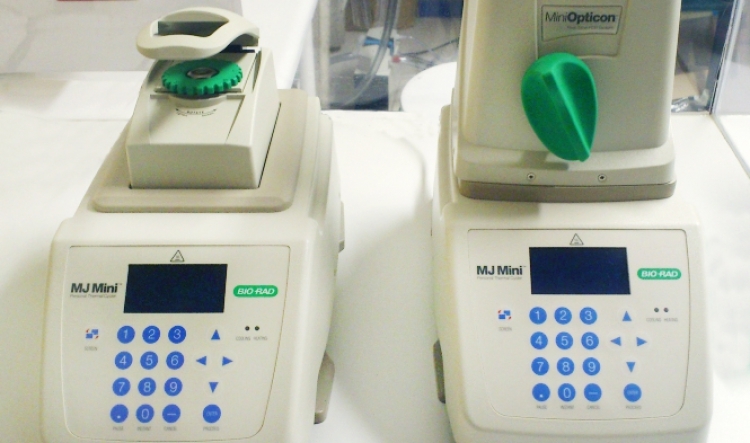
MDGS/MS
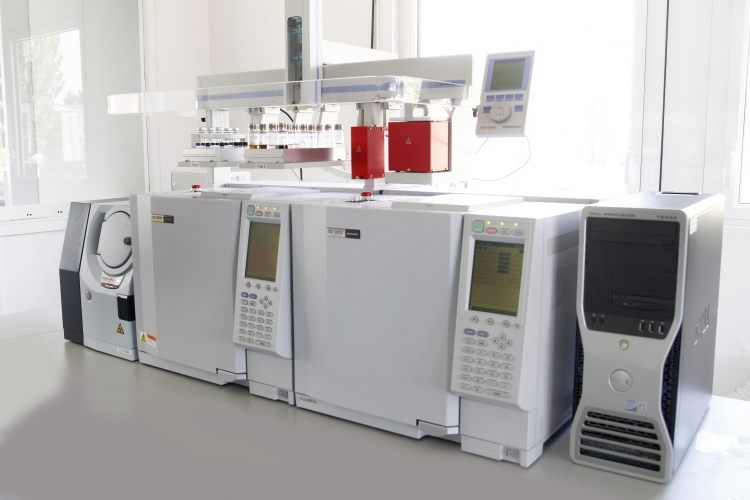
The Institute for Research in Semiochemistry and Applied Ethology (IRSEA) has developed a state-of-the-art analytical tool: MDGC/MS (Multi Dimension Gas Chromatography/Massive Spectrometry), multidimensional gas chromatography coupled with mass spectrometry.
In order to be able to explore further in the investigation, this device opens an additional dimension in the area of separation.
This type of machine is only present in research centres of large pharmaceutical companies or in a few laboratories, which is why we are proud to be able to use this technology.
This apparatus is coupled upstream with an automatic coupler that can have liquid injection, headspace and SPME fiber making it possible to analyse a very wide range of samples.
Gas Chromatography (GC)
The Gas Chromatography (GC) technique is mainly used for the analysis of so-called volatile molecules, which can evaporate at temperatures below 325 °C without being chemically degraded. The flame ionization detector is a “universal” detector.
It is commonly coupled to the GIC because it is versatile and has a high sensitivity (detection of chemical compounds at masses in the order of 10-10 g). The analytical technique of gas chromatography coupled with a flame ionization detector (GC-FID) is regularly used in the pharmaceutical, perfumery and oenology fields.
Simple in its use, it allows the rapid development and validation of analytical methods to detect and quantify several compounds contained in the same unknown sample.
It is an ideal technique for performing raw material analyses and quality controls on finished products.
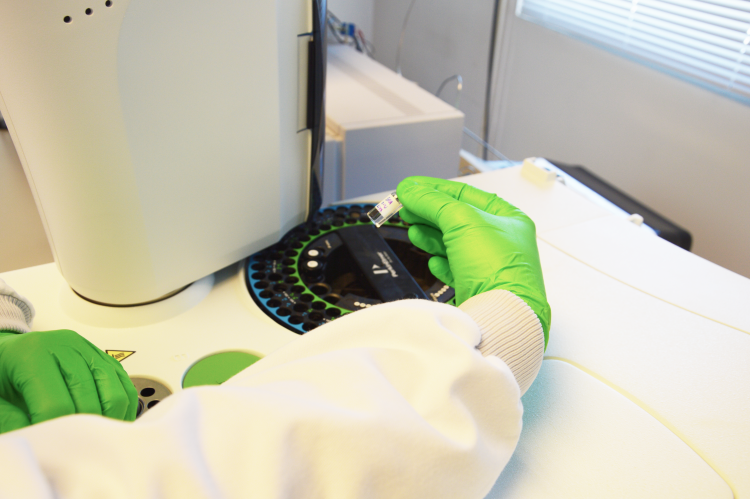
Challenges
The development of modern chemistry and pharmacology had given hope for a bright health future, both for humans and...
Services et Departments
Discover all the Services and Departments in IRSEA at Apt.
Names, first names, photo, and job of each members of...
Our technical means
As part of the evaluation of research products at IRSEA, the Institute has developed resources to evaluate the...
Patented Applications
The patented applications resulting from this work are subject to licensing agreements with pharmaceutical...
Scientific Partners
IRSEA has signed scientific and educational cooperation agreements with different entities
